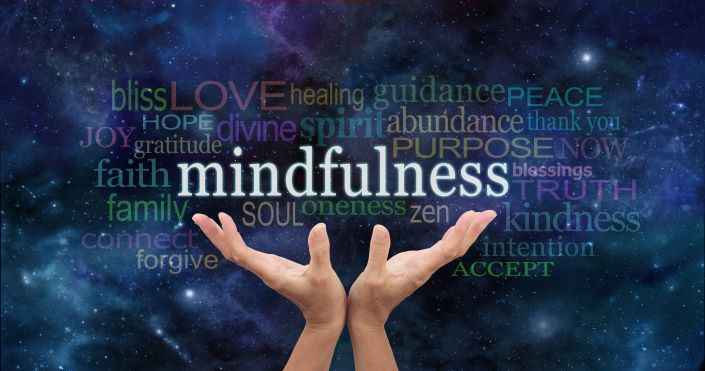Our current daily lives and society runs at 100 miles an hour. Sometimes we are so busy ‘doing’ that we forget to stop and appreciate life. I truly believe that mediation and mindfulness helps you pause and have that ‘in the moment’ feeling of appreciation. But what does the research say about mindfulness?
The benefits of mindfulness include:
| Self-control | Objectivity | Affect tolerance |
| Improved concentration | Improved mental clarity | Emotional intelligence |
| Emotional regulation | Empathy | Reduced reactivity |
| Increased response flexibility | Reduced stress and anxiety | Lowered blood pressure |
| Less risk of heart attack or stroke | Potentially a reduction in chronic pain | Reduced menopausal symptoms |
| Reduced memory loss | Less PTSD symptoms | Increased self-compassion |
| Reduced fatigue | Muscle relaxation and enhanced flexibility | Reduced alcohol and substance abuse |
| Less cardiovascular disease | Relate to others with kindness, acceptance and compassion | Compassion |
But what is meditation or mindfulness?

A group of practices that focus on training your awareness in order to bring mental processes under greater voluntary control and thereby contribute to better mental well-being and development and or specific capacities such as calm, clarity and concentration.
What are some examples of mindfulness exercises?
Pay attention. It’s hard to slow down and notice things in a busy world. Try to take the time to experience your environment with all your senses — touch, sound, sight, smell and taste. For example, when you eat a favourite food, take the time to smell, taste and truly enjoy it.
Live in the moment. Try to intentionally bring an open, accepting and discerning attention to everything you do. Find joy in simple pleasures.
Accept yourself. Treat yourself the way you would treat a good friend.
Focus on your breathing. When you have negative thoughts, try to sit down, take a deep breath and close your eyes. Focus on your breath as it moves in and out of your body. Sitting and breathing for even just a minute can help.
Body scan meditation. Lie on your back with your legs extended and arms at your sides, palms facing up. Focus your attention slowly and deliberately on each part of your body, in order, from toe to head or head to toe. Be aware of any sensations, emotions or thoughts associated with each part of your body.
Sitting meditation. Sit comfortably with your back straight, feet flat on the floor and hands in your lap. Breathing through your nose, focus on your breath moving in and out of your body. If physical sensations or thoughts interrupt your meditation, note the experience and then return your focus to your breath.
Walking meditation. Find a quiet place 10 to 20 feet in length and begin to walk slowly. Focus on the experience of walking, being aware of the sensations of standing and the subtle movements that keep your balance. When you reach the end of your path, turn and continue walking, maintaining awareness of your sensations.
Get in touch today to learn more!
